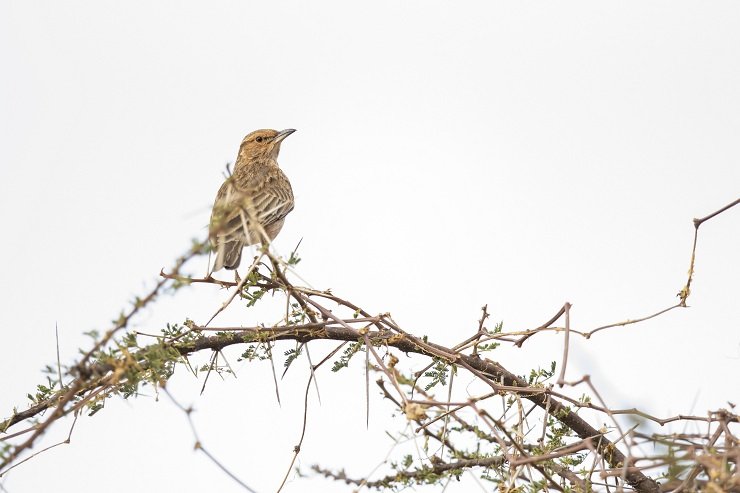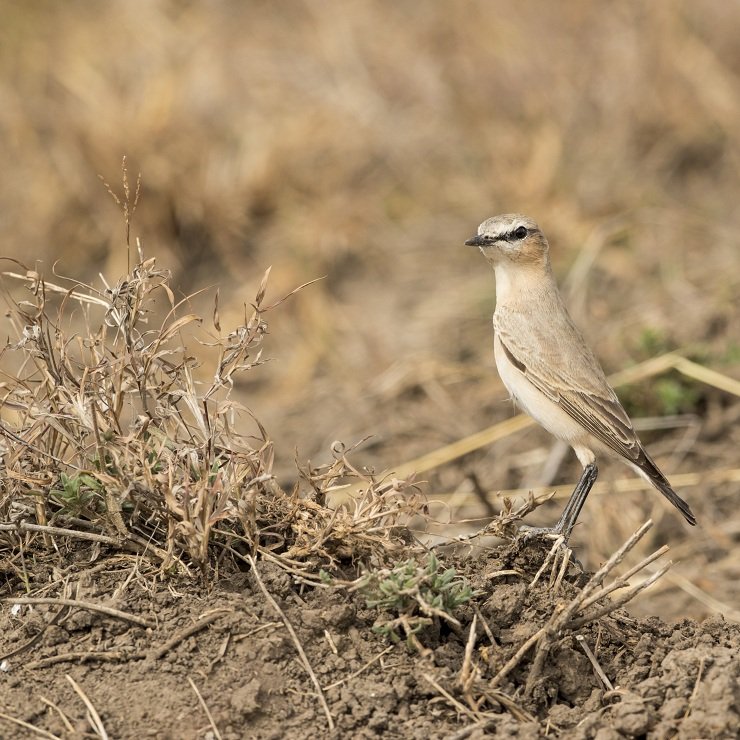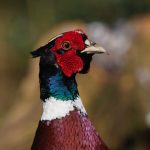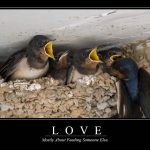
Last night in the moments before sleep took over, I felt an urge to shine some light on some LBJ’s (Little Brown Jobs) or LBB’s (Little Brown Birds). What better selection than the various birds of the Kenyan highlands, right? This morning, when I sat in front of my computer to sort through the images it hit me just how many LBJ’s I photographed! Clearly I don’t discriminate – I had to work hard to whittle it down to a reasonable selection to share here.
If it’s any consolation for my extra nerdy friends, a sequel to this post is definitely possible. I eliminated weavers, cisticolas, parisomas, penduline-tits and so many more. A few warblers and flycatchers also didn’t make the cut. The prolific African savannas also host numerous larger brown birds like sandgrouses and francolins; perhaps I can share these in the future under “Not-so-little Brown Jobs”.
So many of these birds remain unseen as they are quite difficult to detect in their environment. Especially if they are competing for attention with multiple species of large mammals at a watering hole.

It was only the movement in a small bush that gave away the presence of a Reichenow’s Seedeater.

Some of them, like this Quailfinch had bold patterns.

Most of them melted into their surroundings like this Red-throated Pipit that came for a drink alongside a pair of Three-banded Plovers.

Other pipits like this African Pipit were a little easier on the eyes.

A Golden Pipit sat in golden light.

This Pink-breasted Lark was kind enough to let me photograph it as it bathed in the rosy light of the setting sun.

Only a Red-capped Lark seemed distinctive to me in the field.

We observed this Foxy Lark vocalizing while on a game drive. I can’t say that the rest of the group shared my commitment.

Rufous-naped Larks gave us more than a few views.

Contrasting with the other larks’ habits of perching on the tops of acacia trees and hanging out along the roadways, Fischer’s Sparrow-Larks were intent on slipping through tall grasses.

Speaking of sparrows, we managed to see several species, many of which were within Nairobi city limits. My favourite by far was the Rufous Sparrow, with its light-coloured eyes and warm tones.

Other sparrows were seen in much more remote areas. Late one evening I photographed this Parrot-billed Sparrow dust-bathing in near darkness.
The numbers of LBJ’s were notably swollen with the influx of migrants from the north. Whinchats, Northern and Isabelline Wheatears decorated many shrubs on the plains.

Whinchat

Isabelline Wheatear

Northern Wheatear
For me, a birder from the Neotropics, it was easy to fall into a state of LBJ overload. But luckily I managed to keep it together, empathizing with everyone whose ears I’ve filled with tales of shorebirds in winter plumage .













I love your comment, “a sequel to this post is definitely possible.” Nature provides an endless, nearly undifferentiated stream of LBJs to deal with!
Consider it done!